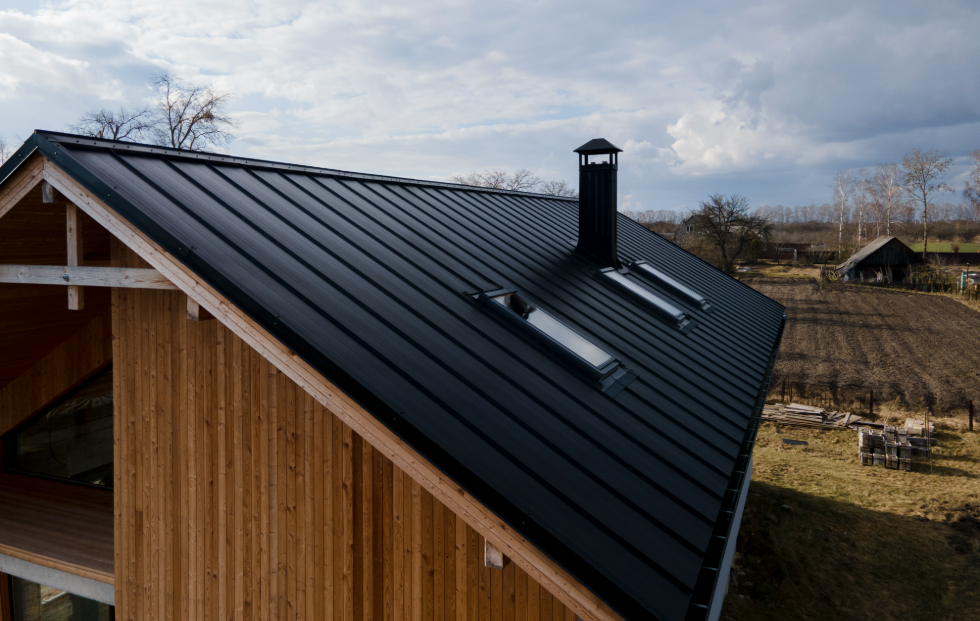Flat roofs are common on both residential and commercial buildings, but when they start to wear out, replacing them isn’t as straightforward as swapping shingles. If you’re researching flat roof replacement, you’re likely concerned about cost, lifespan, and the process itself and for good reason.
This guide breaks down the essentials so you can make confident, informed decisions.
Why Flat Roofs Need Replacing
Flat roofs are known for their sleek design and space-saving benefits. However, they’re also more prone to drainage problems and weather damage over time.
Common signs you need to replace a flat roof:
- Persistent leaks or water pooling.
- Visible blistering or bubbling.
- Cracks or splitting in the membrane.
- Mold or mildew growth.
- Age – many flat roofs last 10–20 years depending on the material.
Ignoring these issues can lead to structural damage, higher utility bills, and increased repair costs.
Related Read: How Often Should You Replace a Roof
How Much Does Flat Roof Replacement Cost?
The cost of flat roof replacement depends on several factors, such as:
- Size of your roof (measured in square feet).
- Type of material used (TPO, EPDM, modified bitumen, etc.)
- Accessibility and slope.
- Labor rates in your area.
- Permit and inspection fees.
Tip: Always get a professional inspection for an accurate quote.
Best Materials for Flat Roof Replacement
When it comes to flat roofs, not all materials perform equally. Here are some popular options:
|
Material |
Lifespan |
Pros |
Cons |
|
EPDM (Rubber) |
15–25 years |
Budget-friendly, easy to install |
Vulnerable to punctures |
|
TPO |
15–20 years |
Energy-efficient, UV-resistant |
Newer, less proven over time |
|
Modified Bitumen |
10–20 years |
Durable, good for foot traffic |
Heavier and less flexible |
|
PVC |
20–30 years |
Strong, chemical-resistant |
More expensive |
Choosing the right material depends on your budget, climate, and how the roof will be used.
Explore: Roofing Services
Can You Replace Just Part of a Flat Roof?
In some cases, partial replacement or patching might be enough. However, patchwork is usually best for:
- Isolated damage from a storm.
- Minor leaks in a newer roof.
- Budget-constrained short-term fixes.
If your roof is older or has widespread damage, full replacement is typically the smarter investment.
How Long Does Flat Roof Replacement Take?
On average, flat roof replacement takes 2–5 days, depending on:
- Weather conditions.
- Roof size.
- Tear-off needs.
- Material installation time.
It’s less disruptive than pitched roof replacements but still requires prep, safety measures, and clean-up.
Final Thoughts
Replacing a flat roof isn’t just a repair, it’s a long-term investment in your home or building’s structural health and energy efficiency. From choosing the right material to understanding local costs, every decision impacts durability and performance.
The best starting point? Know the signs of aging or damage, weigh your material options carefully, and consult trusted roofing professionals. Whether you’re replacing a home or commercial roof, working with a reputable roofing contractor ensures a smooth and reliable process.




















